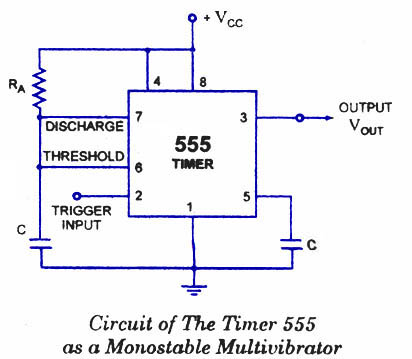boylesg
Advanced Member level 4

- Joined
- Jul 15, 2012
- Messages
- 1,023
- Helped
- 5
- Reputation
- 10
- Reaction score
- 6
- Trophy points
- 1,318
- Location
- Epping, Victoria, Australia
- Activity points
- 11,697
In the 555 datasheet they have a pulse width modulation circuit similar to this with the only difference being that they have pin 5 labelled as 'audio signal in'.
What are you supposed to do with pin 2? Leave it unconnected?

What are you supposed to do with pin 2? Leave it unconnected?


